Enter a surname, town name or other keyword to search the database. Remember to
allow for the different spellings of 'Mc' and 'Mac.' Good luck!
{Search tips: Use single word search terms for more results}
You must enter some valid character(s) into the search field
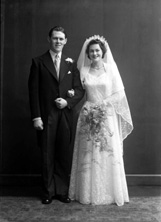
Reference: 44126i
Davidson, The Sheiling, Ardris...
|
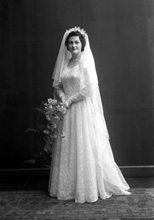
Reference: 44126h
Davidson, The Sheiling, Ardris...
|
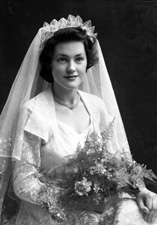
Reference: 44126g
Davidson, The Sheiling, Ardris...
|
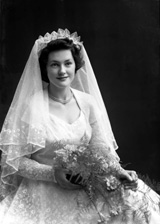
Reference: 44126f
Davidson, The Sheiling, Ardris...
|
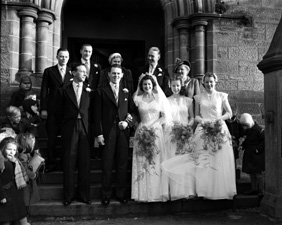
Reference: 44126e
Davidson, The Sheiling, Ardris...
|
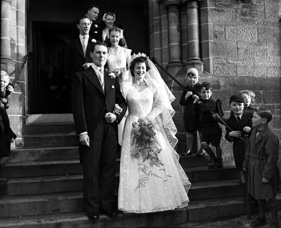
Reference: 44126d
Davidson, The Sheiling, Ardris...
|
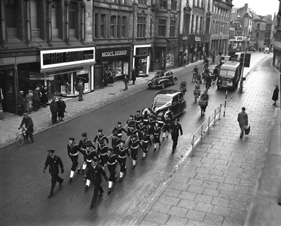
Reference: 44126c
Davidson, The Sheiling, Ardris...
|
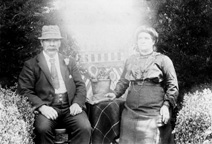
Reference: 877
Copy for Mrs Robertson, Old ...
|
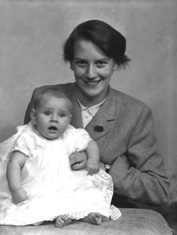
Reference: 45072
Mrs Paterson, Broadstone Park,...
|
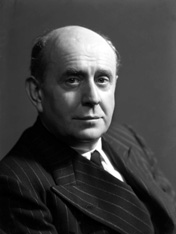
Reference: 37639
His Excellency Jan Masaryk, Vi...
|
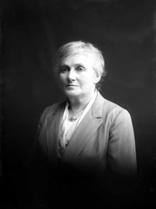
Reference: 23649b
Mrs Stewart, 2 Broadstone Park...
|
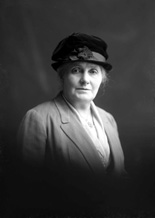
Reference: 23649a
Mrs Stewart, 2 Broadstone Park...
|